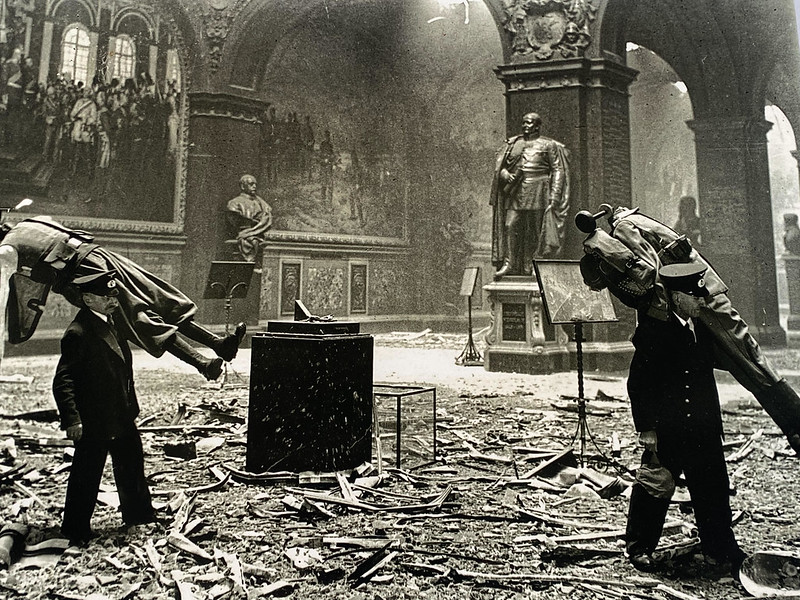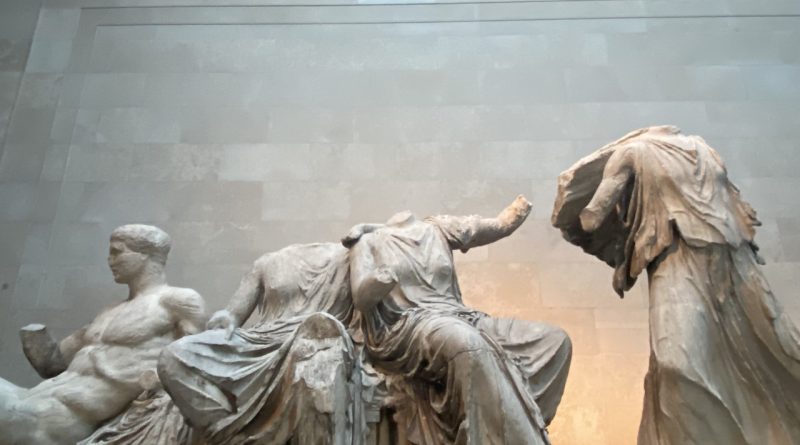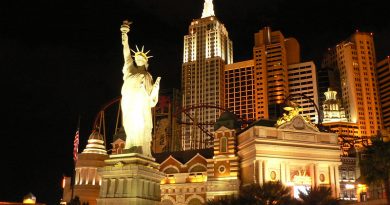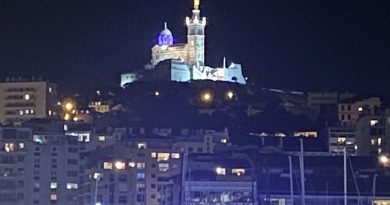Relic Wars: collecting cultural monuments
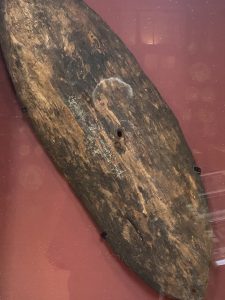
In the 21st century, some of the world’s most prestigious museums, including the Louvre in Paris and the British Museum in London are involved in complex negotiations regarding the future of their collections, many of which were sourced from the Pacific , Africa , Asia and the Middle East during the empire building era of the 18th and 19th centuries.
European explorers, adventurers and naval expeditions were particularly active in collecting so called “curiosities” from indigenous societies in the age of discovery and enlightenment . These curiosities included a vast array of cultural items from works of art, , gold, silver and jewellery to statues, religious icons, pottery and everyday items .
These collectors were joined by Christian missionaries and then archaeologists, whose expeditions were fuelled by a combination of thirst for knowledge , conquest, religious conversion and trophy hunting .
As museums in Europe built their collections, critics say cultural appropriation reached an industrial scale . Museums in the western world are now grappling with requests for objects taken by colonial empires to be returned .
In the United Kingdom , the Greek Government has been waging a decades long campaign for the return of the friezes from the Parthenon , the ruins of which still sits on top of the Acropolis , in the centre of Athens .
The friezes were hacked off by Lord Elgin 200 years ago and have become a central part of the British museum’s antiquities collection.
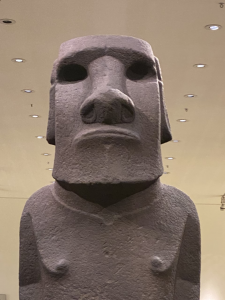
The friezes decorated the top of all four sides of the Parthenon, running for 160 metres . It’s estimated that almost a quarter of the friezes that once decorated the Parthenon are now in the British Museum representing about half of what was remaining at the time they were removed .
Also here are several metopes- giant sculptures depicting Greek gods and myths that decorated the pediments on building above the friezes
Lord Elgin was able to hack off the sculptures as at the beginning of the 19th century as Greece was in the possession of the Moslem Ottoman Empire who had little interest in the pagan relics of the ancient Greeks.

The British Museum also holds a giant moai statue from Easter island , which is located in the centre of its Pacific Galley.
The Rapa Nui people , who practiced ancestor worship ,carved hundreds of these rock statues , on the remote Pacific island more than 1000 years ago . This one was taken off the island by a British naval ship in 1888. Now the descendants of the Easter islanders , who still live there , want it back .
The same request has been made to the museum by desendants of the Aboriginal people who inhabited Botany Bay in Australia in 1770 when British explorer Captain James Cook made landfall there.
Cook and his men skirmished with the Aborigines and in the resulting fracas seized a bark shield. This historic object , a relic from first contact between Europeans and the indigenous Australians who had been there for 50,000 years, is still in the possession of the museum , housed in a glass case in the Kings Library – formally the personal library of George III.
Museums have long argued that their custodianship of these relics, and objects many of which are now priceless , has helped preserve them. But increasingly the societies from where they were taken argue that their possession is a continuation of the imperialistic policies that removed them.
It is not debate that is likely to go away in the years and decades ahead .
Learn More – Empire Builder: Ancient Greece 1, Ancient Greece 2, The Lost World of Joseph Banks and Eco Trekking: The Pacific Islands
